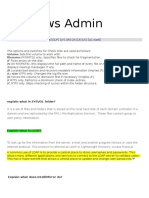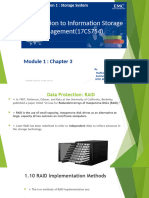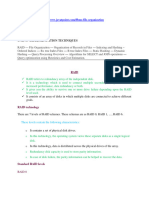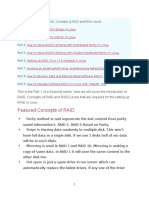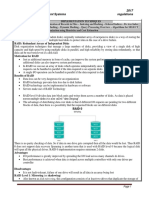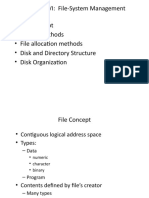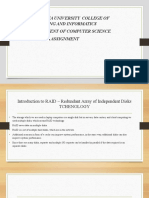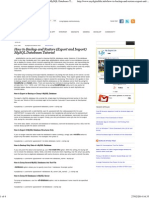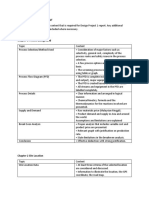0% found this document useful (0 votes)
42 views10 pagesCo4 Os Notes
The document discusses various RAID configurations, emphasizing their impact on data redundancy, performance, and fault tolerance. It highlights RAID 1 for mirroring data, RAID 10 for high-availability databases, and RAID 50 for load balancing, while also explaining file systems' roles in managing files and directories. Additionally, it covers file allocation techniques, virtual devices, thread synchronization, buffer caching, embedded systems, and encryption methods for data security.
Uploaded by
hemendrahsadamsettyCopyright
© © All Rights Reserved
We take content rights seriously. If you suspect this is your content, claim it here.
Available Formats
Download as PDF, TXT or read online on Scribd
0% found this document useful (0 votes)
42 views10 pagesCo4 Os Notes
The document discusses various RAID configurations, emphasizing their impact on data redundancy, performance, and fault tolerance. It highlights RAID 1 for mirroring data, RAID 10 for high-availability databases, and RAID 50 for load balancing, while also explaining file systems' roles in managing files and directories. Additionally, it covers file allocation techniques, virtual devices, thread synchronization, buffer caching, embedded systems, and encryption methods for data security.
Uploaded by
hemendrahsadamsettyCopyright
© © All Rights Reserved
We take content rights seriously. If you suspect this is your content, claim it here.
Available Formats
Download as PDF, TXT or read online on Scribd
/ 10










